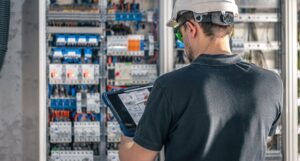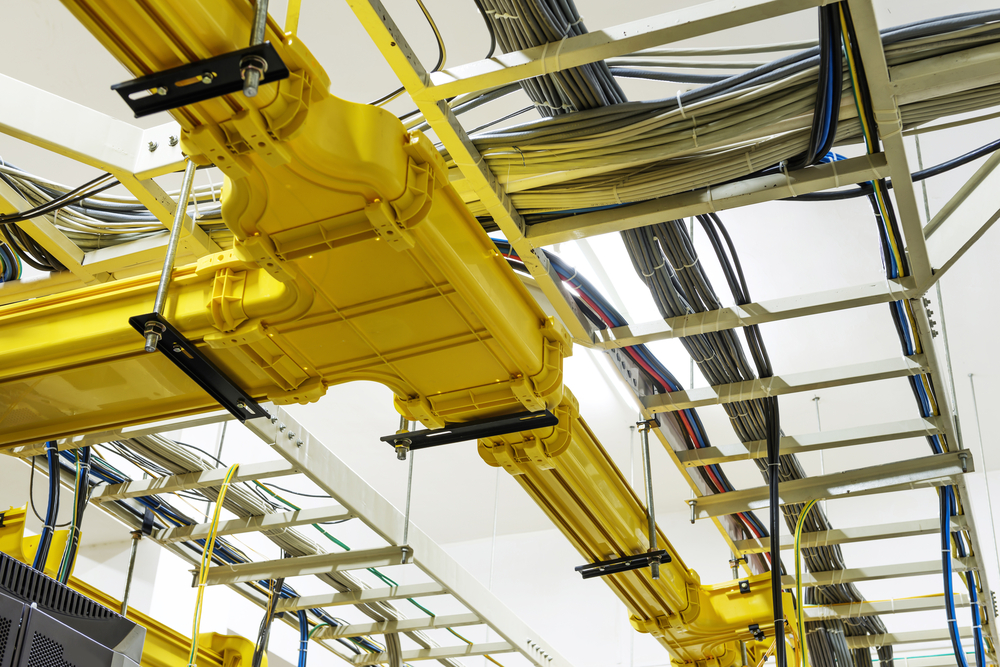Designing power and cooling systems for your data center can be like trying to hit a moving target. As soon as a design point is established and the installation is complete, new unanticipated IT requirements absorb growth capacity far faster than expected, long before the end of the system’s useful life.
IT managers used to respond to this problem by over-sizing equipment to allow for lots of growth potential. This led to inefficiencies and sometimes wasted investment.
The best solution? Integrate modularity and scalability into your system design.
In the past, only big data centers were able to implement modular or scalable solutions.
Thanks to new technologies, however, this powerful approach is available for small to medium-sized data centers as well.
Modularity and scalability go hand-in-hand. With scalable/modular power and cooling systems, end users determine what they need today, consider what they might need in the future, and create a platform that will deliver both levels of capacity efficiently.
For example, when selecting a UPS, IT managers should consider a range of capacities. If 15 kW of UPS power is required today, one might consider acquiring a 20 kW UPS system. If the same IT manager foresees that 15 kW load increasing to 25 kW or more within the next five years, however, a modular/scalable UPS can be installed enabling the same data center to expand easily up to 30 kW or 40 kW.
By building modularity and scalability into your data center, adding capacity at a later date can be extremely simple. With a number of the newer UPS products, you might only need to purchase an additional power module. These devices can be installed without an electrician and while the UPS is operating.
Modularity and scalability in equipment design enables uninterrupted growth without requiring excessive day one investment. A qualified specialist can assist you in assessing the best degree of modularity and scalability for your data center’s components.










